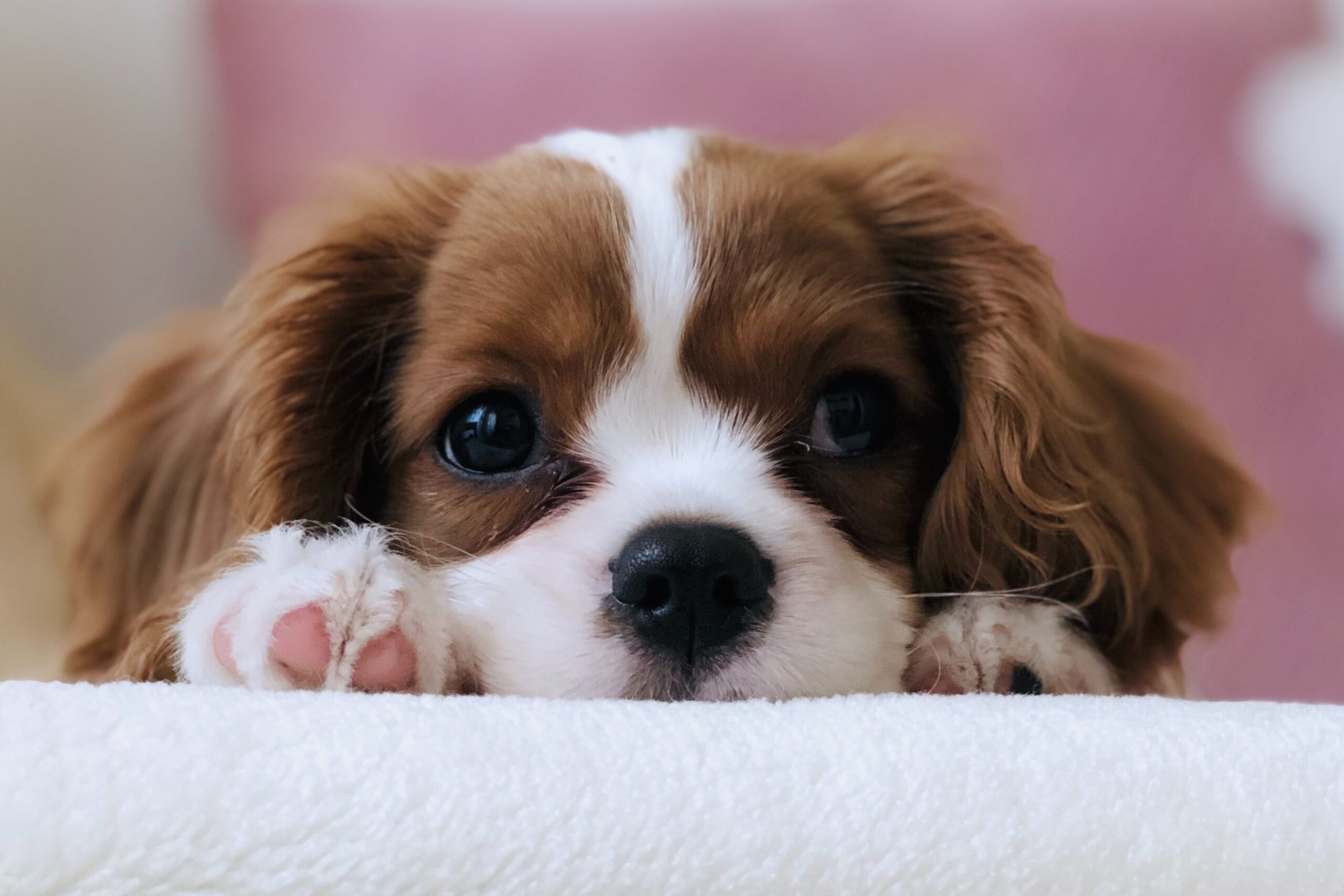
Bringing a new puppy into your home is an exciting and joyful experience. However, it will also come with its fair share of challenges, particularly when it comes to potty training and teaching your furry friend proper boundaries. One effective method for instilling good behavior and providing a safe space for your puppy is crate training.
Crate training offers numerous advantages for both you and your puppy. It serves as a secure den where your puppy can retreat, ensuring their safety and comfort. It aids in housebreaking by teaching your puppy to hold their bladder and bowels. Additionally, crates prevent destructive behavior when you're unable to supervise your pup. They also make traveling with your pet much more manageable.
Let’s explore some tips and hints to help you with successfully crate training your puppy, setting them up for a lifetime of positive habits and a happy home. And don't forget to check out Richell USA for high-quality crates and accessories that cater to your puppy's comfort and your style.
Selecting the appropriate crate for your puppy is crucial. Consider the size, material, and design that best suits your needs. Ensure the crate is spacious enough for your puppy to stand, turn around, and lie down comfortably. Remember, you’re creating a kind of “den” for them to retreat to, so the crate should be like a soft world, welcoming them in. Your dog will likely want to be in its crate more than you think.
Expandable Pet Crate - Crate expands from 35.4” to 60.6” wide
Create positive associations to ensure your puppy views the crate as a safe haven. Place soft bedding, toys and treats inside the crate to make it cozy and inviting. Introduce your puppy to the crate gradually, allowing them to explore and associate it with pleasant experiences. Avoid using the crate for punishment. It should remain a positive and safe space for your pup.
Consistency is key in crate training. Establish a routine including regular mealtimes, potty breaks and playtime. Take your puppy outside for bathroom breaks immediately after they wake up, eat or play, reinforcing good bathroom habits. Use verbal cues like "go potty" to help make the purpose of these outings clear.
As mentioned, this process is best accomplished by connoting the reliable pleasure to be found in the crate. Begin with short periods of confinement and gradually increase the duration, encouraging your pup to enter using treats or their favorite toys.
Close the crate door for short intervals while you remain nearby, then gradually increase the time your puppy spends inside the crate. Make sure they feel safe and comfortable at all times so that they can have more positive associations.
A great way to introduce your pet to a crate is through purchasing a crate that works with your home’s aesthetic. This way, you can integrate the crate within your daily lifestyle that your pet is accustomed to. An accent table pet crate could be an easy way to introduce your pet to their new crate without making them feel left out of the family action.
Speaking of which…
Puppies are prone to separation anxiety when alone. That’s why it helps to introduce crate training as early as possible: ideally, when you first bring your pup home. Then, gradually extend the duration of your absence while they’re in the crate. Provide toys or interactive puzzles to keep them entertained, and your scent, for example, on a worn T-shirt, provides reassurance.
Pet Travel Carrier II - Carrier can be can be used as pet crate!
Remember, crate training takes time and patience. Never push or force your puppy into the crate or use it as a form of punishment. Instead, use positive reinforcement like praise and treats to reward your puppy for entering and staying calmly inside the crate. Consistency and positive reinforcement will help your puppy associate it with positivity and willingly enter it.
Remember, every dog is different, and crate training can take days or even weeks. Be patient, keep working with them, and you’ll eventually have less of a mess on your hands.
Richell USA offers a wide range of crates, including wire crates for better ventilation, stylish wooden crates that blend in with your home decor and plastic crates for easy transport. Put your faith in Richell for a wide selection of crates and accessories that prioritize both your puppy's comfort and your own style.
Contact us today to find a Richell online store!
Convertible Elite Pet Gate - Pet Gate can convert to a pet crate, freestanding gate, or a room divider as your pet grows!
Please complete this form and click "Submit". Our Customer Support team will gladly address your request and respond in a timely manner.
Richell USA, Inc.
Copyright © Richell, Inc.. All rights reserved